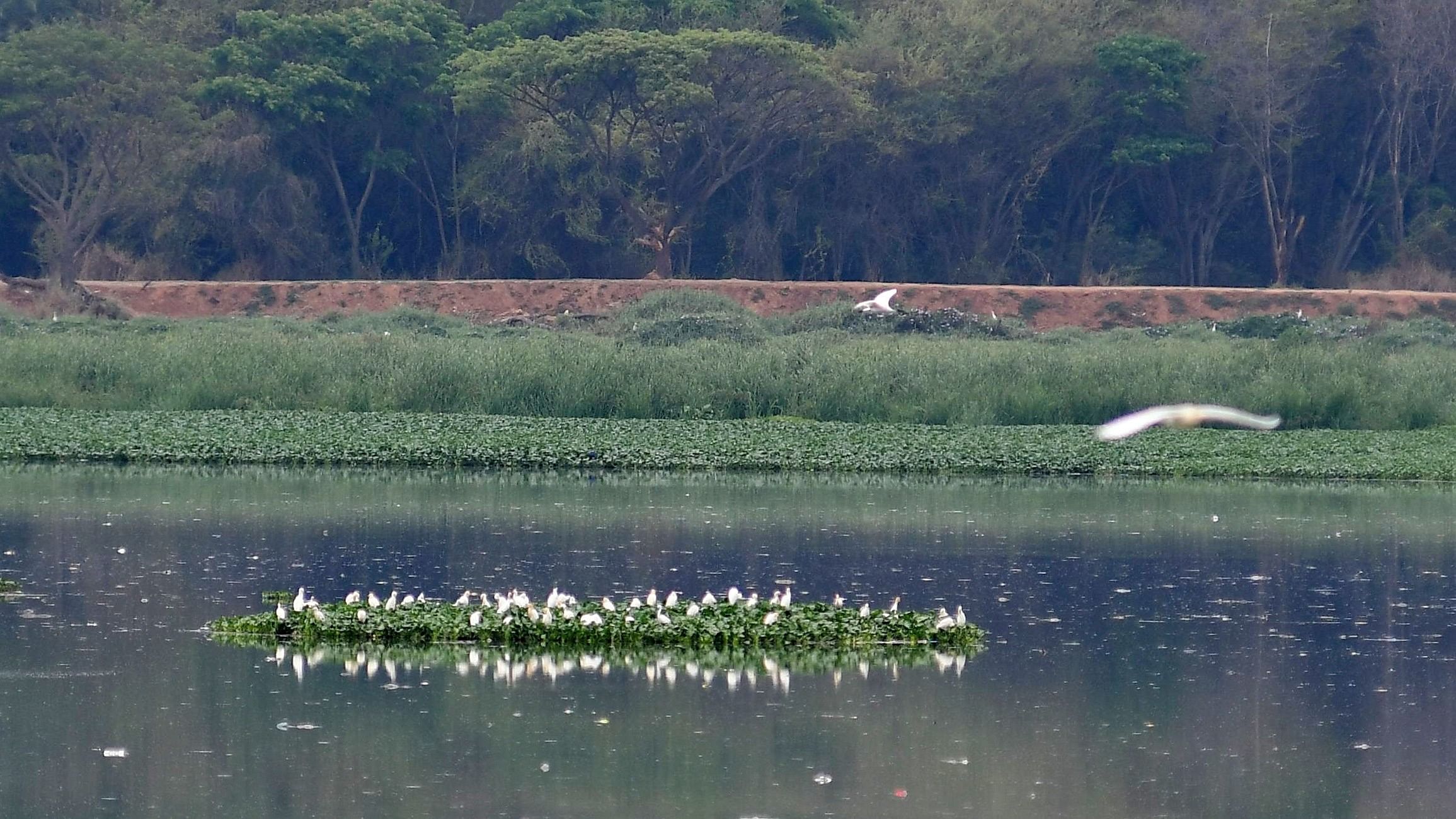
Systematic flood retention mechanisms must be developed by interconnecting the lakes and constructing underground reservoirs.
DH Photo
Bengaluru: A study conducted as a part of the ‘Brand Bengaluru’ initiative, involving over 10,000 respondents in the city, has revealed that Bengalureans think experts can tap into lakes as an alternative source of long-term water supply. The study is a collaborative effort between Dayananda Sagar College of Engineering and the Bangalore Water Supply and Sewerage Board (BWSSB).
According to the study, residents’ welfare associations, students, scholars and non-governmental organisations are of the opinion that systematic flood retention mechanisms must be developed by interconnecting the lakes and constructing underground reservoirs.
Underground reservoirs are constructed by analysing the gradients or the movement of water during a flood situation, based on the hydrogeological conditions of the land.
H K Ramaraju, the academic coordinator of the study, told DH that open fields and empty lands can be used for the construction of underground reservoirs.
“For over 100 years, Bengaluru has been receiving an average rainfall of 750 to 1000 mm. We have seen floods in the past. If we make permeable footpaths and effectively study the water-level gradients to build underground reservoirs, we can definitely increase the groundwater table before the upcoming summer. Interconnecting lakes has also been recommended by the respondents,” he said.
He said this approach takes advantage of the natural topography and existing water bodies in the region to effectively tackle the problem and added that interconnecting lakes not only decreases the possibilities of flooding but also helps in increasing the groundwater table.
This apart, another suggestion by a respondent said, “Recharging groundwater using treated wastewater provides a critical solution to reuse the treated wastewater. However, the quality of recharging wastewater and effective injection practice requires accurate tools and methods.”
A majority of respondents stated that rainwater harvesting acts as the best and most effective method of reviving groundwater. Community rainwater harvesting and regular monitoring by a body of authority were recommended by many. They highlighted that “proper hydraulic connectivity between recharge pits using perforated pipes or gravel-filled trenches” is essential.